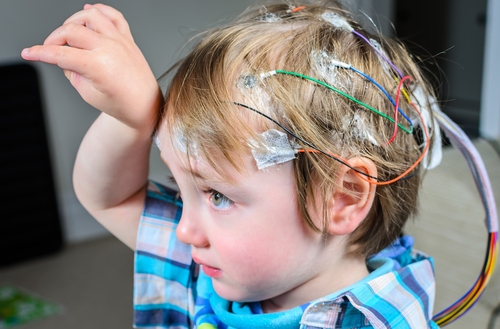Revealing the Link Between quantitative EEG and Slumber Disorder Patterns for Enhanced Diagnosis and Therapy
Revealing the Link Between quantitative EEG and Slumber Disorder Patterns for Enhanced Diagnosis and Therapy
Blog Article
Sleep apnea is a common sleep disorder that affects many people throughout the globe. It occurs when a person's breathing is interrupted during slumber, resulting to subpar sleep standards and various health concerns. One of the ways researchers and physicians are endeavoring to improve understand and diagnose sleep apnea is through a method called quantitative electroencephalography, or qEEG. This approach measures the electronic function of the cerebrum and can offer important insights into how sleep apnea impacts cerebral function and general health.
qEEG involves positioning small electrodes on the scalp to record brain waves. These brain waves are then examined to identify trends that may indicate sleep disorders, including sleep apnea. By analyzing these patterns, healthcare professionals can obtain a more precise picture of how sleep apnea disrupts typical brain function during sleep. This information can be crucial for developing efficient therapeutic plans customized to individual clients. Comprehending the connection between qEEG and sleep apnea can result to enhanced diagnostic methods and better outcomes for those affected by this condition.
Research has demonstrated that individuals with sleep apnea often display specific alterations in their brain wave trends. For example, during episodes this link of apnea, the cerebrum may show heightened activity in certain areas while additional areas become more active. These alterations can influence how well a individual slumbers and how rested they perceive upon awakening. By employing qEEG to monitor these cerebral wave trends, doctors can recognize specific characteristics of sleep apnea in clients, which can assist in making a more accurate diagnosis. This is particularly crucial because sleep apnea can occasionally be confused for other sleep disorders, leading to inappropriate treatments.
In addition to enhancing diagnosis, qEEG can also play a part in assessing the efficacy of therapies for sleep apnea. For instance, after a patient starts using a continuous positive airway force (CPAP) machine, which helps maintain the airway open during sleep, qEEG can be utilized to evaluate alterations in brain activity. If the cerebrum exhibits improved trends of slumber after initiating treatment, it may indicate that the treatment is functioning effectively. This feedback can assist doctors formulate necessary adjustments to treatment plans, ensuring that patients receive the best care possible.
Overall, the connection between qEEG and sleep apnea patterns is an exciting area of research that holds promise for enhancing identification and therapy. By comprehending how sleep apnea impacts cerebral activity, medical professionals can develop more effective approaches to assist clients achieve better sleep and improve their overall health. As studies progresses to advance, it is probable that qEEG will turn into an integral instrument in the battle against sleep apnea, resulting to better outcomes for those who suffer from this challenging disorder.